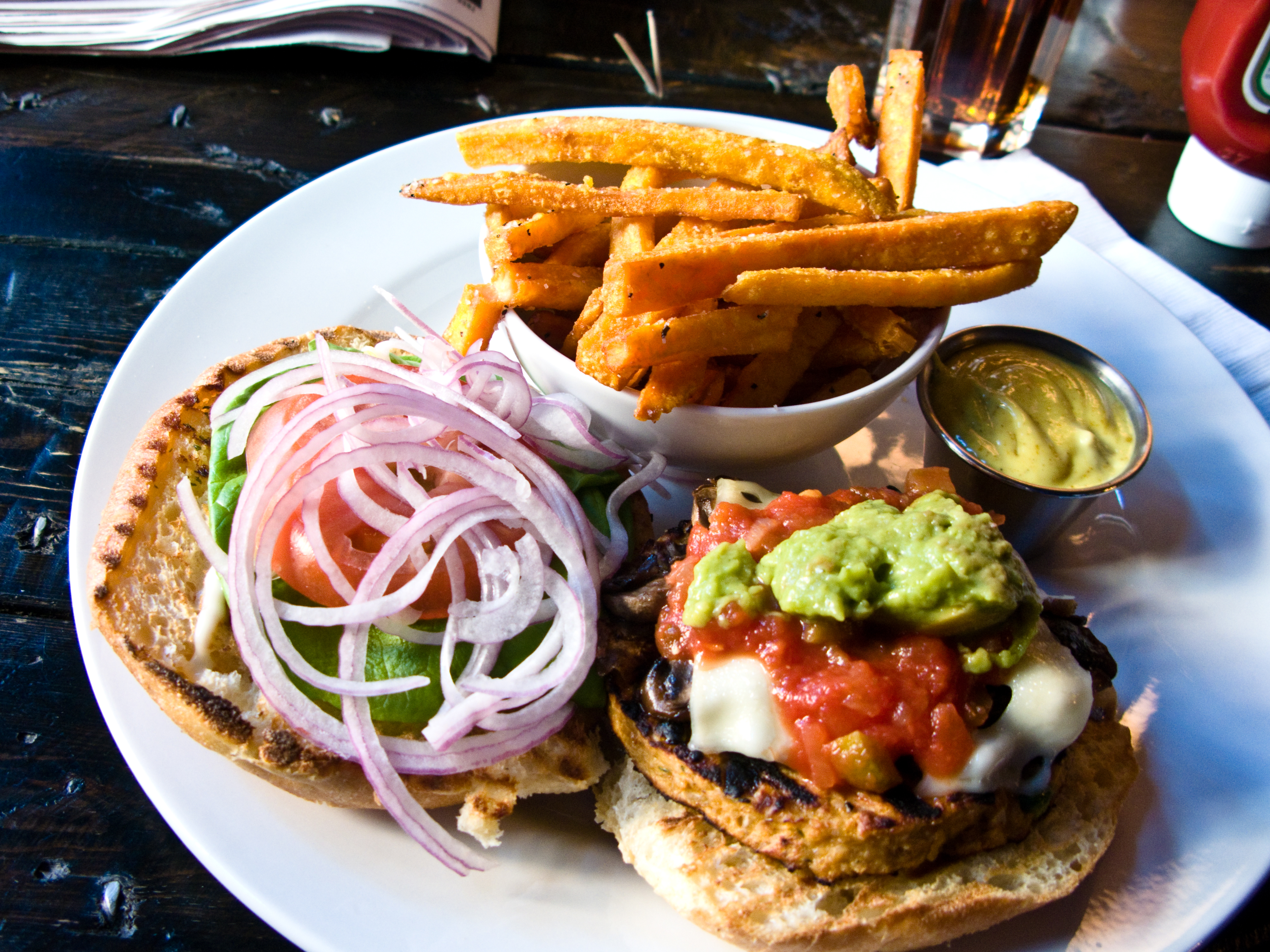Before we start, remember you must also study 3rd year´s "Physical Fitness" class notes, as you can be asked about them in the exam.
|
Last year we defined Physical fitness as "The ability to do a daily physical workout without feeling too tired".
A more accurate definition would be
"The ability to perform daily physical activity efficiently, without demanding a strenous effort to the body."
But for a weightlifter, the concept of fitness is different from the marathon runner.
As you know form previous courses, physical fitness has four major components: Strength, Stamina, Suppleness and Speed. These are often referred to as “The 4 Ss”.
Improving fitness:
The physical fitness of the human body can always be improved. This can be done by following a training programme. Some programmes are more effective than others, and a programme can produce different effects in different people.
Factors affecting fitness:
a) Psicological and social skills:
-A relaxed attitude and a mind free from stress is basic for well-being. Image: Phidias-Jastrow at Wikimedia Commons
-A positive attitude is desirable in all people, but essential in a sportsperson. Attitude includes trust in your skills, will, discipline and respect for one´s opponents and fellow partners.
b) Physical exercise:
-Participation in physical activity develops the components of physical fitness, and it is well known that a sedentary lifestyle damages your health.
c) Rest:
-Sufficient good quality sleep is an essential part of any sportsman or sportswoman's lifestyle. Also, you need to rest properly between your daily activities (classes, evening activities and sports)
d) Diet:
A healthy and balanced diet is vital for the body. It must provide you with nutrients to:
-Obtain energy to create movement
-Construct and repair all types of body tissues
-Regulate human body functions (temperature, metabolism...)
For a correct diet, you must:
- Have a varied diet, eating all kinds of foods, not only the ones you like most.
- Have a balanced diet, without an excess or lack of nutrients.
- Eat five times a day: breakfast, mid-morning snack, lunch, tea or afternoon snack, supper.
- Drink regularly: a correct hidration is fundamental. Thirst is a symptom of dehidration, so drink properly before, during and after exercicing.
- Eat fruit often
- Avoid factory baked goods and junk food.
Image: Bradley at Creative Commons
e) Age:
Physical fitness develops parallel to your body, and decreases with age. A healthy lifestyle makes your body funtions to decrease slower.
f) Genetics:
Some aspects affecting health and physical fitness can be genetically inherited, such as muscular fibre type, but work and perseverance can also make us increase our abilities and skills.
g) Drugs:
The use of drugs is acceptable if they are to overcome illness, such as asthma. But here we use the term drugs to refer to tobacco, cannabis, alcohol and other stimulant and sedative drugs. These always have side effects, despite they are more or less accepted socially. Tobacco causes damage to the respiratory and circulatory systems, and alcohol kills neurones and affects the central nervous system, blood pressure, liver, stomach and reaction time.
Check this small revision on fitness:
and this useful song:











